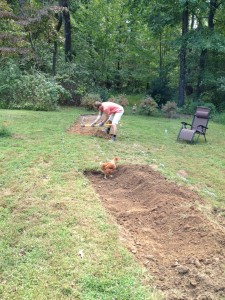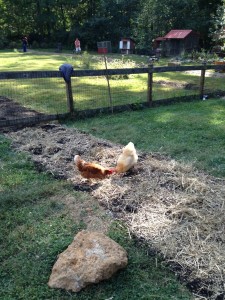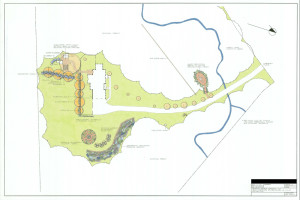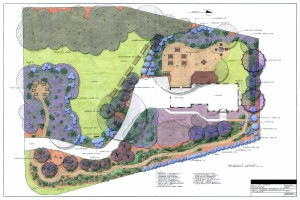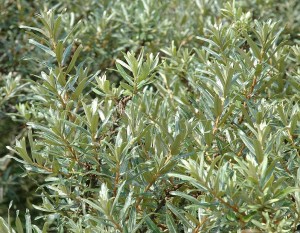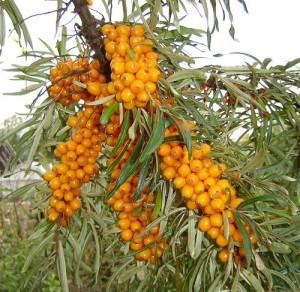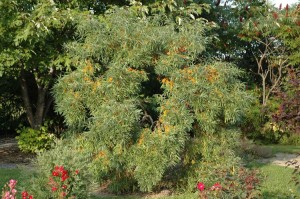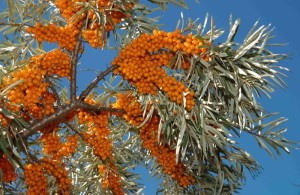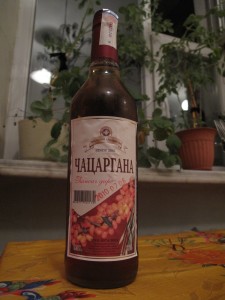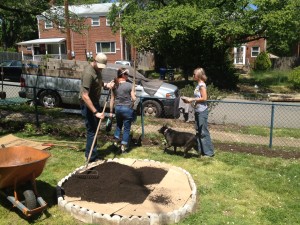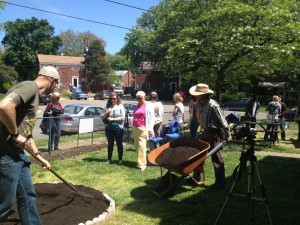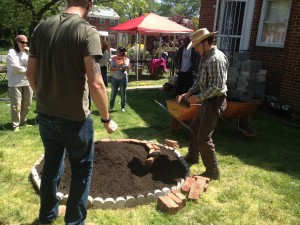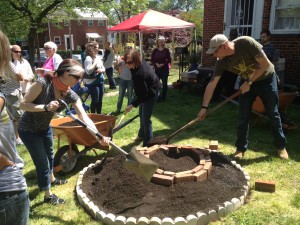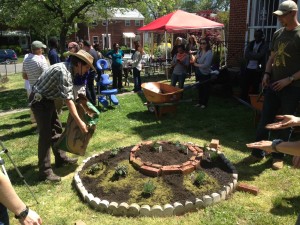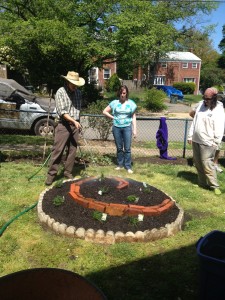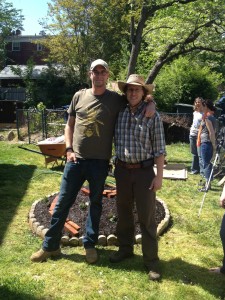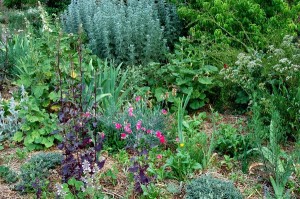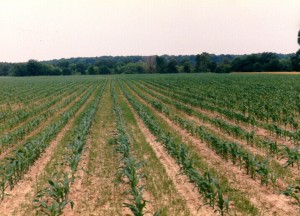©2012 by Jon Storvick and Organic Edible Gardens, LLC
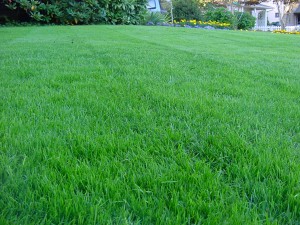
Lawns are a hotly contested subject these days. Lawns have become the major defining feature of the American landscape. Yet, it wasn’t always this way. Up until the development of the suburbs in the late 19th and early 20th centuries, the lawn was the sole province of the extremely wealthy, who could afford to spare the land for non-utilitarian purposes (e.g. food production). Lawns have become synonymous with home ownership, but there is a hidden cost to our obsession with the “living carpets” that surround our homes.
“The American Lawn uses more resources than any other agricultural industry in the world. It uses more phosphates than India, and puts on more poisons than any other form of agriculture… A house with two cars, a dog, and a lawn uses more resources and energy than a village of 2000 Africans…. The lawn and its shrubbery is a forcing of nature and landscape into a salute to wealth and power, and has no other purpose or function.” – Bill Mollison, Introduction to Permaculture , p. 111
, p. 111
Americans dump fertilizers and pesticides on their lawns in tremendous amounts. Since lawns do not infiltrate water very efficiently, most of these toxic chemicals run off into nearby storm drains and make their way into local watersheds where they poison ecosystems, animals, and humans. We will not give you statistics here, they are readily available with a brief Internet search. It suffices to say that lawns have a very large and very destructive impact on the environment.
An argument often put forward is to eliminate the lawn entirely in favor of lower-input landscapes, food forests, etc. While we certainly approve of these ideas, they are not the only option. Lawns do have their appropriate uses and functions, and we believe that they can indeed have a role to play in the sustainable landscape. As permaculturist Paul Wheaton says, “I think I have heard ‘grow food not lawns’ about a thousand times. I wish to advocate that the lawn is where children play, and where we put chairs to enjoy nature, and the place for yard sales. From a permaculture perspective I prefer ‘grow food in your lawns’: there are lots of edibles that would thrive there and tolerate the occasional mowing.”
While the edible lawn is somewhat beyond the scope of this article, we do wish to make clear that lawns in general can be sustainable and organically maintained. We’re going to tell you a little bit about how we do it here at OEG.
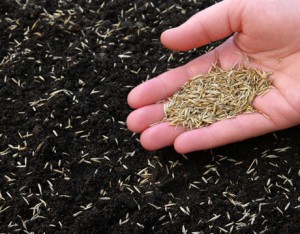
Grasses are plants too, and the ‘Right Plant Right Place’ mantra applies to the lawn as well. Most commercial seed mixes are based on a ‘one size fits all’ attitude, and species/cultivars of grasses in these mixes are rarely if ever tailored to site conditions – soil type and pH, climatic conditions, etc. Whether starting a new lawn from scratch or overseeding an existing lawn, it is important to select species and cultivars of grasses that are appropriate to the site. We use a mixture of several different grass species and cultivars, including tall fescues, American Buffalograss, Perennial Ryegrass, and Zoysia – all cultivars specifically selected for local site conditions, drought tolerance, and root patterns which partition the resources in the soil more effectively than monocultures. We also include small amounts of selected species of broadleaf plants in our lawn mix which do not interrupt the appearance of the lawn when mowed, and further utilize the soil resources, keeping water and nutrients in the soil where they belong. Seeding at the proper time of year ensures establishment with minimal resource inputs.
Weed control is a major issue with lawns in general, we’ve mentioned that lawn pesticides (including herbicides) are a major source of pollution in the Chesapeake Bay and elsewhere. The organic/ecological approach to weed control is quite a bit different than you might expect. It isn’t simply a matter of replacing toxic chemicals with slightly less toxic chemicals which come from “natural” sources. We try to understand the ecology of both weed species and of the lawn ecosystem as a whole, and design our strategies accordingly. Our lawn seed mix effectively partitions the resources in the soil, leaving no niches where weeds are free to grow. When weeds do appear, we remove them with either heat sterilization (destroying plant cells and preventing photosynthesis) or with hand removal where appropriate. We then seed the weed-free patches with our custom seed mix to immediately take advantage of the open niches. As a pre-emergent solution, we use an application of organic corn gluten meal in the early Spring, which prevents weed seeds from germinating, and has the great side effect of acting as an organic, slow-release nitrogen fertilizer for the lawn.
Fertilizing is another issue. We’ve already mentioned the use of corn gluten meal as both a pre-emergent weed control and as a nitrogen fertilizer. Other than that, there is really no need to fertilize the lawn, unless soil tests reveal severe deficiencies of other nutrients such as phosphorus or potassium, all of which can be remedied by the use of slow-release organic materials which break down naturally at the soil level. Topdressing the lawn with good, biologically-active compost in the fall also adds nutrients organically.
Cultural practices are important, too. Mowing is not a one-size-fits-all practice, either. Frequency of mowing should change with the growing season of the grasses, as should mowing height. In the Spring, when growth is lush and quick, more mowings at a lower height may be desirous, while less frequent mowings at a greater height are preferable in the summer, when growth is less vigorous and water needs are higher. Mowing higher in the summer allows the plants to grow deeper and more extensive root systems, which lessens the need for irrigation. Speaking of water, we think a well-designed and planted lawn should not have to be irrigated by anything other than rainwater, except in drought conditions. Healthy and biologically-active soil and proper plant selection should eliminate or significantly reduce watering needs.
Our region is known for its plethora of lawn pests and diseases, as well. From an ecological standpoint, it is plants that are already stressed that are more susceptible to pest and disease infestation. By keeping grasses healthy, we can significantly prevent most occurrences of pest and disease problems. For problems that continue beyond acceptable thresholds, there are organic chemical solutions that can be used as a last resort.
To summarize, it is possible to keep lawns as an integral part of a sustainable landscape, and through proper study and technique, to care for them in an ecological and organic matter. It really boils down to viewing grass as we do other plants in an ecosystem – healthy soil, proper plant selection, and growing in polycultures helps keep plants healthy and flourishing. For advice on growing your lawn organically, shoot us an email or give us a ring at 571-282-1724!

